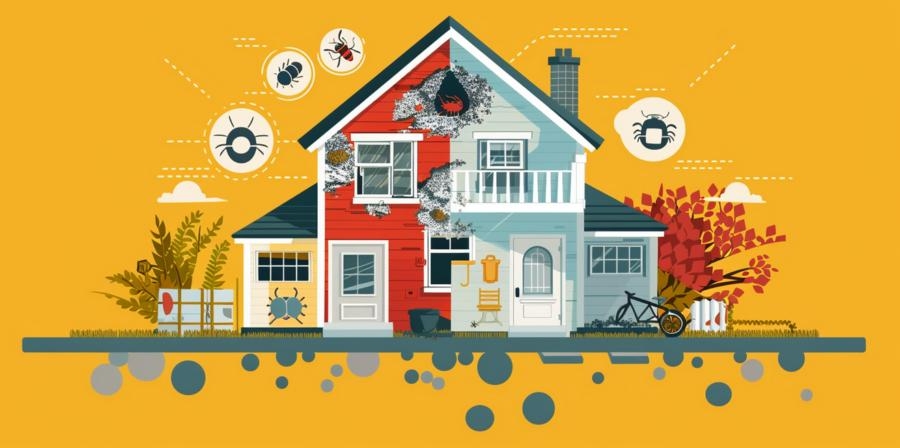Modern Pest Control: How Technology and Strategy Are Changing the Game
 Pest control has evolved far beyond simple traps and over-the-counter sprays. Today, tackling infestations—whether rodents, insects, or birds—demands a combination of advanced technology, ecological awareness, and tailored strategies that reflect both the complexity of modern buildings and the resilience of common pests.
Pest control has evolved far beyond simple traps and over-the-counter sprays. Today, tackling infestations—whether rodents, insects, or birds—demands a combination of advanced technology, ecological awareness, and tailored strategies that reflect both the complexity of modern buildings and the resilience of common pests.
Why Pest Control Requires a Targeted Approach
No two infestations are the same. Effective pest management begins with a thorough inspection of the premises, identifying not just the type of pest but the source of the problem—entry points, food sources, and environmental conditions that encourage breeding or nesting.
This is especially critical in urban areas where mixed-use properties and aging infrastructure can create perfect storm conditions for pests like rats, mice, bedbugs, or wasps. A one-size-fits-all solution doesn’t cut it anymore; professionals now rely on diagnostic tools and detailed site assessments to design customised action plans.
The Bedbug Problem: A Case Study in Complexity
Among the most difficult pests to eradicate are bedbugs. Small, elusive, and hardy, they often go unnoticed until the infestation is widespread. Visual inspections can miss early-stage infestations hidden deep within furniture or wall cavities.
To overcome this, some pest control teams now use trained detection dogs—animals whose sense of smell is tuned to locate even a single bug. Once identified, infestations can be tackled with high-temperature heat treatments that destroy bedbugs at all life stages without relying on heavy chemical use.
Rodents: More Than Just a Nuisance
Rats and mice aren't just annoying—they can carry disease and cause serious structural damage by chewing through insulation, wiring, and even plumbing. Control goes beyond traps and poison; it requires comprehensive exclusion techniques, such as sealing up access points and conducting drain surveys to block hidden rodent routes.
Equally important is follow-up. Effective pest control includes ongoing monitoring to ensure the problem doesn’t return. Guarantees and maintenance plans are now a standard part of many service agreements, reflecting the long-term nature of pest management.
The Role of Eco-Conscious Pest Solutions
Growing environmental awareness has shifted the industry toward low-toxicity treatments and non-lethal deterrents, especially for birds and non-invasive insect species. Netting systems, ultrasonic devices, and physical barriers offer humane ways to protect properties without harming wildlife.
This eco-first approach isn’t just about being green—it also meets legal standards for pest control in certain protected zones or for specific species. For businesses especially, compliance with environmental regulations is no longer optional.
Why Speed and Availability Matter
Infestations don’t wait for business hours. Quick response times—sometimes within an hour—can be the difference between a minor issue and a major crisis. This is particularly crucial for businesses, where pests can damage reputations as quickly as they damage property.
Professionals offering same-day or 24/7 services are becoming the norm, not the exception. Homeowners and businesses alike now expect rapid, discreet, and effective service that can restore normalcy with minimal disruption.
A Local Example of Comprehensive Pest Control
In Romford, one company putting all these practices into action is Bugwise Pest Control. With local technicians, canine detection units, and heat treatment technology, they provide a model for modern, responsive pest management that combines science, service, and sustainability.
|
|

